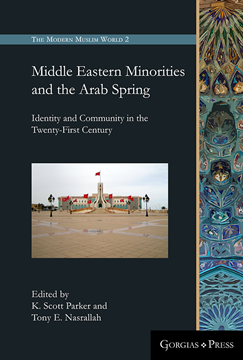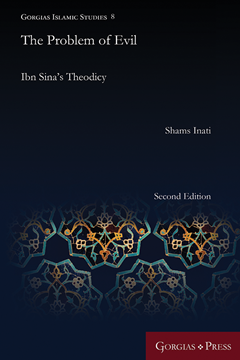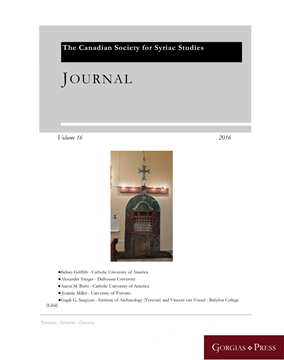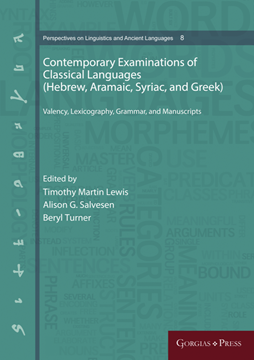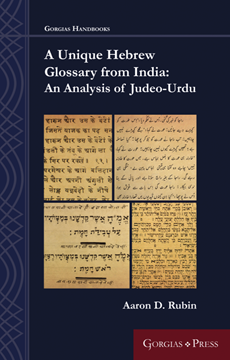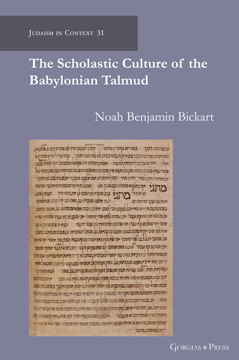Middle Eastern Minorities and the Arab Spring
Identity and Community in the Twenty-First Century
Edited by K. Scott Parker & Tony E. Nasrallah
Series: Gorgias's Modern Muslim World 2
ISBN: 978-1-4632-0653-6
Middle Eastern Minorities and the Arab Spring: Identity and Community in the Twenty-First Century examines eleven minority groups in the early years of the so-called Arab Spring. Wide-ranging in scope, minorities of diverse religious and ethno-linguistic backgrounds are included from North Africa, the Levant, and the Arabian Peninsula. Each has experienced the Arab Spring differently and uniquely depending upon their context. Of particular concern to the international team of scholars involved in this volume, is the interaction and reaction of minorities to the protest movements across the Arab World that called for greater democratic rights and end to respective autocratic regimes. While some minorities participated in the Arab Spring, others were wary of instability and the unintended effects of regime change – notably the rise of violent Islamism. The full effects of the Arab Spring will not be known for years to come, but for the minorities of the Middle East, the immediate future seems certainly tenuous at best.
$170.00 (USD)
The Problem of Evil
Ibn Sina's Theodicy
By Shams Inati
Series: Gorgias Islamic Studies 8
ISBN: 978-1-4632-0654-3
Who of us has not wondered why a God with absolute attributes causes or allows evil in the world? This most puzzling issue, known as the problem of evil, received significant attention from Ibn Sina. In the present work, Dr. Inati argues that Ibn Sina provides seven theses to justify God's causing or allowing the presence of evil, and that only the thesis which relies on God’s omnipotence as defined by Ibn Sina eliminates the problem of evil in his philosophy. The book is an original piece of work and the first comprehensive study of Ibn Sina's Theodicy, which helped shape later Islamic and Christian treatments of the subject and left significant marks on the thought of major medieval philosophers, including Ibn Rushd, Aquinas and Suarez.
$133.00 (USD)
Journal of the Canadian Society for Syriac Studies 16
Edited by Amir Harrak
ISBN: 978-1-4632-0655-0
A refereed journal published annually by the Canadian Society for Syriac Studies. This volume includes articles by Sidney Griffith, Alexander Treiger, Aaron M. Butts, Jeanie Miller, Gagik G. Sargsyan and Vincent van Vossel.
$75.00 (USD)
Contemporary Examinations of Classical Languages (Hebrew, Aramaic, Syriac, and Greek)
Valency, Lexicography, Grammar, and Manuscripts
ISBN: 978-1-4632-0656-7
Ancient language study is becoming an increasingly sophisticated and complex discipline, as scholars not only consider methods being used by specialists of other languages, but also absorb developments in other disciplines to facilitate their own research investigations. This interdisciplinary approach is reflected in the scope of research papers offered here, invited and peer-reviewed by the ISLP.
$153.00 (USD)
A Unique Hebrew Glossary from India
An Analysis of Judeo-Urdu
Series: Gorgias Handbooks 35
ISBN: 978-1-4632-0613-0
This is the first-ever study of Judeo-Urdu, that is, the Hindi/Urdu language written in Hebrew script. It provides background and an introduction to the Judeo-Urdu corpus, presents nearly two hundred entries from one text — a Hebrew-Judeo-Urdu glossary — and analyzes the orthography, phonology, and morphology of Judeo-Urdu. Comparison is made to standard Hindi and Urdu, from which Judeo-Urdu diverges in many interesting ways.
$46.00 (USD)
The Scholastic Culture of the Babylonian Talmud
Series: Judaism in Context 31
ISBN: 978-1-4632-0657-4
The Scholastic Culture of the Babylonian Talmud studies how and in what cultural context the Talmud began to take shape in the scholastic centers of rabbinic Babylonia. Bickart tracks the use of the term tistayem ("let it be promulgated") and its analogs, in contexts ranging from Amoraic disciple circles to Geonic texts, and in comparison with literatures of Syriac-speaking Christians. The study demonstrates increasing academization during the talmudic period, and supports a gradual model of the Talmud's redaction.
$115.00 (USD)
